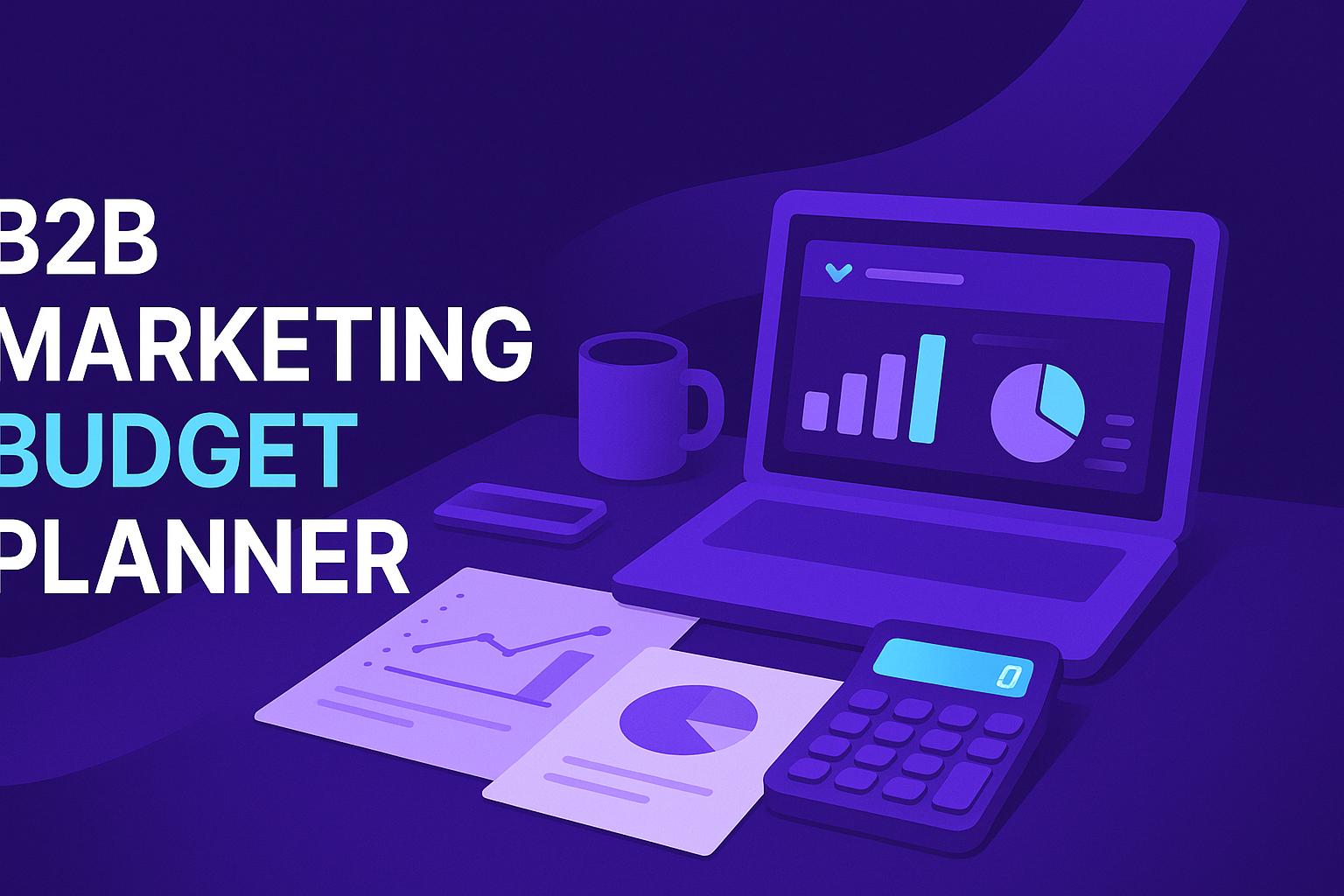B2B Marketing Budget Planner



Plan Smarter with a B2B Marketing Budget Planner
Running a successful B2B company means making every dollar count, especially when it comes to marketing. A well-structured budget can be the difference between scattered efforts and a cohesive strategy that drives growth. That’s where a tool to organize your marketing spend comes in handy. It helps you map out expenses across vital channels like digital advertising, content creation, industry events, and public relations.
Why Budget Allocation Matters for B2B Growth
Unlike B2C, B2B marketing often involves longer sales cycles and multiple decision-makers. This means your investments need to target the right areas for maximum impact. For example, allocating funds to thought leadership content can nurture leads over time, while event sponsorships might open doors to key partnerships. A strategic breakdown ensures you’re not overspending in one area while neglecting another. Tools that simplify this process allow you to visualize your plan and adjust on the fly.
Start Optimizing Today
Whether you’re a startup or an established firm, getting a handle on your marketing finances is crucial. With the right planner, you can align your spending with your business goals and watch your efforts pay off.
FAQs
How does this tool handle budget allocation if my percentages exceed 100%?
No worries! If your percentages add up to more than 100%, the tool automatically adjusts them proportionally to fit within your total budget. You’ll still see a clear breakdown of dollar amounts for each category, ensuring everything adds up perfectly. It’s designed to save you the headache of manual recalculations.
Can I use this planner for currencies other than dollars?
Absolutely. While the tool defaults to dollars, it works with any currency you input. Just enter your total budget in your preferred currency, and the allocations will be calculated accordingly. The focus is on the numbers and percentages, so it’s flexible for global teams.
Why should I prioritize certain channels over others for B2B marketing?
Great question! B2B marketing often benefits from a strategic mix. For instance, content marketing tends to offer long-term ROI by building trust and authority, while digital ads can drive quicker leads. Events and PR are fantastic for networking and brand visibility. Our tool provides a tip after your breakdown to help you think about balance, but it really depends on your goals—whether it’s lead gen, brand awareness, or customer retention.

sustainable revenue channels.







